pool builder says i can't add a SWG to a pool with flagstone
brandon4589
16 years ago
Related Stories
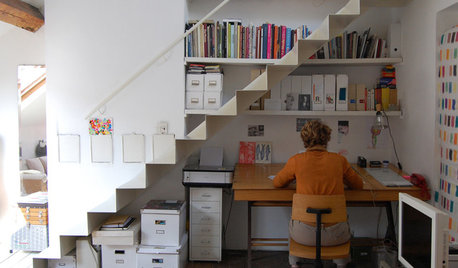
THE ART OF ARCHITECTUREDesign Practice: Why Saying No Can Be Good for Business
When talking with potential clients, ask yourself these questions to determine whether you should accept — or pass on — the job
Full Story
KIDS’ SPACESWho Says a Dining Room Has to Be a Dining Room?
Chucking the builder’s floor plan, a family reassigns rooms to work better for their needs
Full Story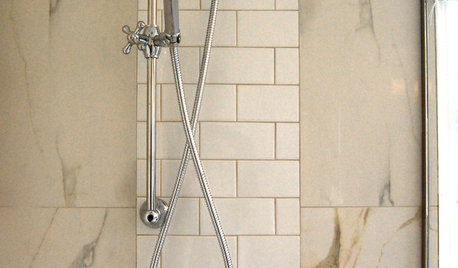
REMODELING GUIDES9 Ways Grout–Yes, Grout–Can Add to Your Design
Choose From a Palette of Grout Colors for a Warm, Unified Look
Full Story
MOST POPULARSo You Say: 30 Design Mistakes You Should Never Make
Drop the paint can, step away from the brick and read this remodeling advice from people who’ve been there
Full Story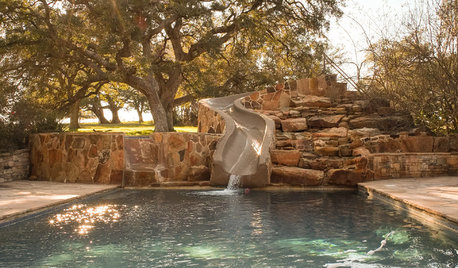
POOLSPool Slides: What's Possible, Who Can Build It and What It Will Cost
These slippery slopes will make a splash and offer an exhilarating ride that's the stuff of childhood dreams
Full Story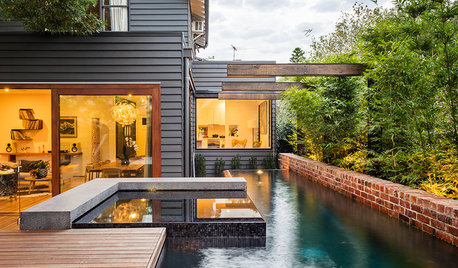
POOLSWe Can Dream: 7 Things to Consider Before Investing in an Outdoor Spa
Check out these tips and tricks for adding a luxurious outdoor spa to your landscape
Full Story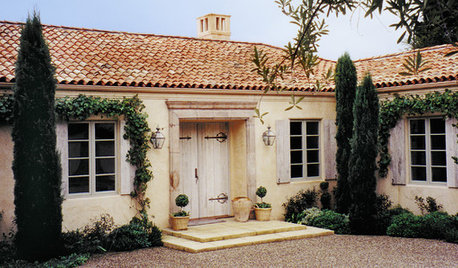
REMODELING GUIDES8 Natural Home Materials That Can't Be Beat
See how designing with natural stone, clay, wood and more can give a house luminosity, depth of color and lasting appeal
Full Story
GARDENING AND LANDSCAPING19 Spectacular Pools Near and Far
These incredible infinity pools, heavenly oceanside pools and luxurious lap pools around the world have unmatched allure. Take a dip
Full Story
MODERN ARCHITECTUREHouzz Tour: Arizona's Dialogue House Has Something New to Say
Get in on the conversation about this minimalist masterpiece in the Phoenix desert, remodeled by its original award-winning architect
Full Story
INSIDE HOUZZThere’s a Party in the Backyard, Says a Houzz Landscaping Survey
Entertaining, growing edibles and solving problems are goals for homeowners planning to revamp their yards
Full StoryMore Discussions










Rack Etear
houseful
Related Professionals
Saint Louis Park Landscape Architects & Landscape Designers · Woburn Landscape Contractors · Camp Verde Landscape Contractors · Deer Park Landscape Contractors · Duarte Landscape Contractors · Oakland Landscape Contractors · Royal Oak Landscape Contractors · Stallings Landscape Contractors · Markham Landscape Contractors · Camp Springs Landscape Contractors · Conroe Decks, Patios & Outdoor Enclosures · Crystal Lake Decks, Patios & Outdoor Enclosures · Oswego Decks, Patios & Outdoor Enclosures · Richmond Decks, Patios & Outdoor Enclosures · Westfield Decks, Patios & Outdoor Enclosureschuckswigg
donintx
learnmore
eastonpool
neilaz
houseful
jerzygrl
stevenbr
vegasmom
joelq
tmcg
stevenbr
Rack Etear
jerzygrl
vegasmom
joelq
arielitas_mom
Rack Etear
arielitas_mom
stevenbr
thepoolguy11
thepoolguy11